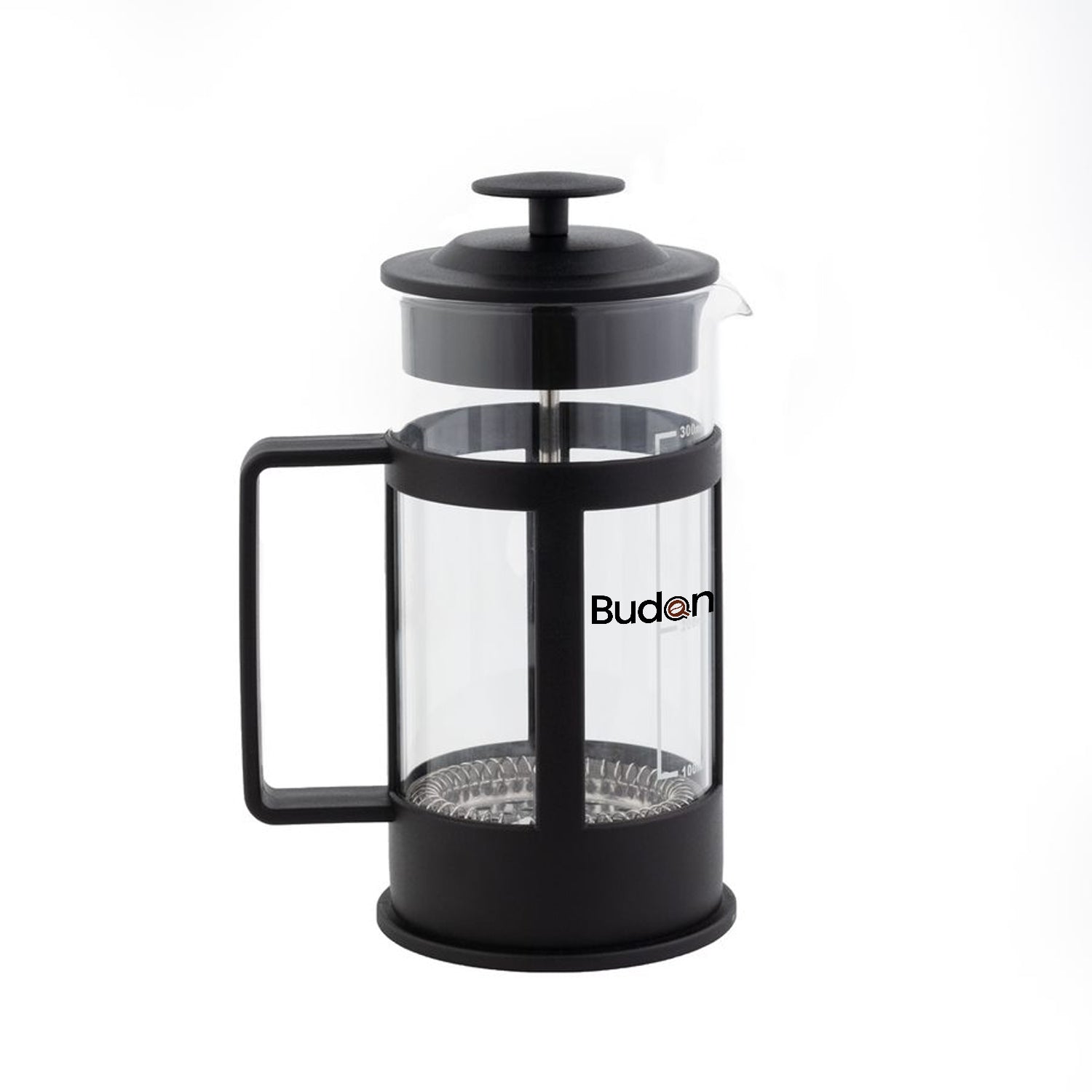A silky-smooth espresso. Creamy, velvety milk. And a perfectly poured heart sitting on top. That’s the magic of latte art — a blend of technique, control, and a touch of creativity. While professional baristas make it look effortless, you don’t need years of training to get started.
Whether you’re working with a home espresso machine or a café setup, this beginner’s guide will walk you through everything you need to start pouring hearts, rosettas, and tulips — the three foundational latte art patterns.
What You Need Before You Pour
Before diving into shapes, make sure the basics are dialed in.
1. A Good Shot of Espresso
-
Use freshly ground coffee and aim for a balanced shot with a nice crema (the golden-brown foam on top of espresso).
-
This crema acts as your “canvas.”
2. Properly Steamed Milk
-
Use cold whole milk for best results — the fat and protein create smooth microfoam.
-
Your goal is velvety, glossy, paint-like texture — not bubbly or stiff.
3. Right Tools
-
Stainless steel milk pitcher with a narrow spout
-
A wide-mouthed cup (150–250 ml is ideal)
-
A steady surface and some practice time
Step-by-Step: How to Pour Latte Art
Step 1: Steam Milk to Perfection
-
Insert the steam wand just below the milk’s surface.
-
Create a gentle whirlpool by angling the pitcher.
-
Stop when the milk reaches around 60–65°C (140–150°F).
-
Tap and swirl the pitcher to remove air bubbles.
Step 2: Prepare the Espresso
-
Pull a fresh shot and swirl it gently to even out the crema.
Step 3: The Pouring Technique
-
Start by pouring from a height (6–8 inches) to mix milk and espresso.
-
Once the cup is halfway full, lower the pitcher and begin the art.
1. Pouring a Heart
This is the easiest pattern to learn — and a great place to start.
How to Pour:
-
Start pouring from about 2–3 inches high in the center of the cup.
-
When the cup is halfway full, lower the pitcher close to the surface.
-
Keep pouring in one spot to form a white circle.
-
Once the circle is formed, lift the pitcher slightly and pour a thin stream through the center to “cut” the shape into a heart.
Tips:
-
The “cut” creates the point at the bottom of the heart.
-
Pour too fast and it overflows; too slow and the shape won’t form.
2. Pouring a Rosetta (Leaf)
This signature fern-like pattern takes practice but builds on the heart technique.
How to Pour:
-
Start like the heart: pour high and centered.
-
As the cup fills, lower the pitcher and gently wiggle side to side as you slowly move backward.
-
When you reach the edge of the cup, lift the pitcher and cut through from the top of the leaf to the bottom.
Tips:
-
Keep the motion smooth and consistent.
-
The more wiggling and movement, the more leaves your rosetta will have.
3. Pouring a Tulip
The tulip involves stacking blobs of milk on top of each other — no wiggling required.
How to Pour:
-
Pour one white circle near the surface.
-
Stop and pour a second blob slightly above the first, gently pushing it down.
-
Repeat to build layers (usually 2–4).
-
Finish by lifting the pitcher and drawing a quick cut through all the circles.
Tips:
-
Timing and spacing are key.
-
More layers = more dramatic tulips.
Common Beginner Mistakes
-
Milk too foamy or bubbly: Practice steaming microfoam, not cappuccino foam.
-
Pouring too far away from the cup: Stay close once the cup is half full.
-
Rushing: Slow, deliberate movement gives you more control.
-
Wrong cup size: Use a wide cup — narrow ones make art harder.
Practice Makes Pour-fect
Latte art is a skill that comes with repetition. The first few pours might look like clouds or blobs — that’s normal. The goal isn’t perfection, but progression.
Here’s a good practice plan:
-
Day 1–3: Focus on steaming smooth milk and pouring simple dots.
-
Day 4–6: Attempt hearts consistently.
-
Day 7–10: Add rosettas and tulips.
Record your pours, take notes, and don’t forget to drink your progress.
Final Thoughts
Latte art brings beauty to your brew and a deeper connection to your craft. By mastering hearts, rosettas, and tulips, you’re building a foundation that can evolve into more intricate patterns over time.
And remember — at the end of the day, it’s still a delicious cup of coffee.


























